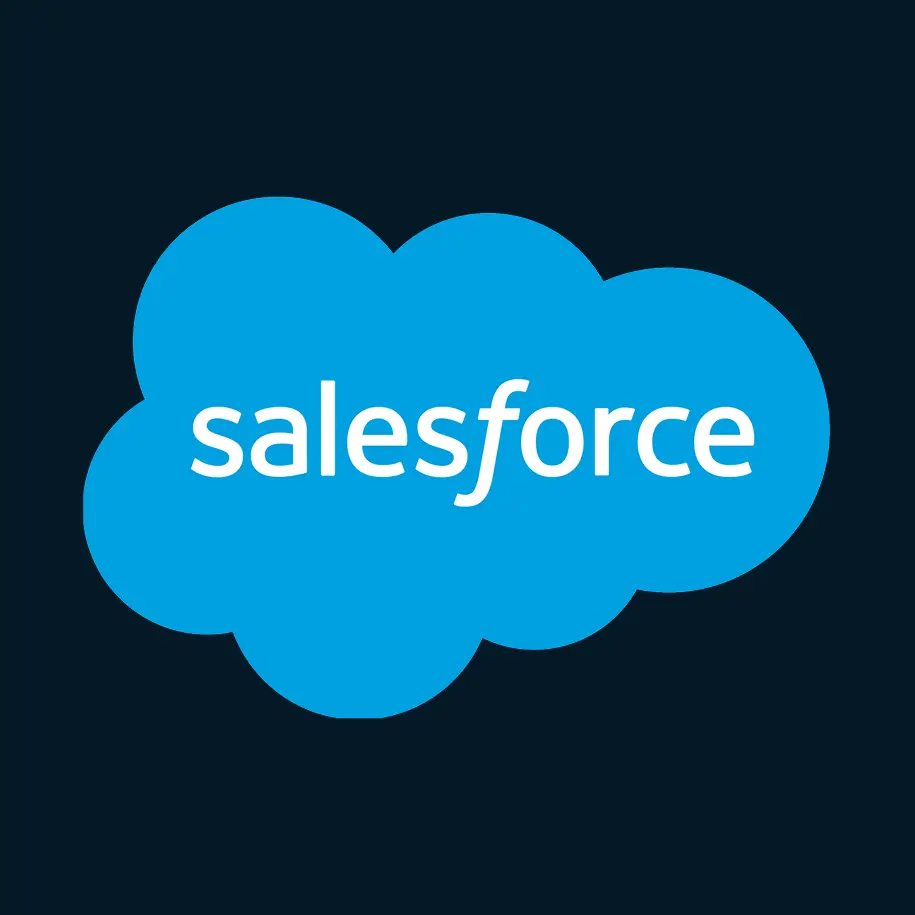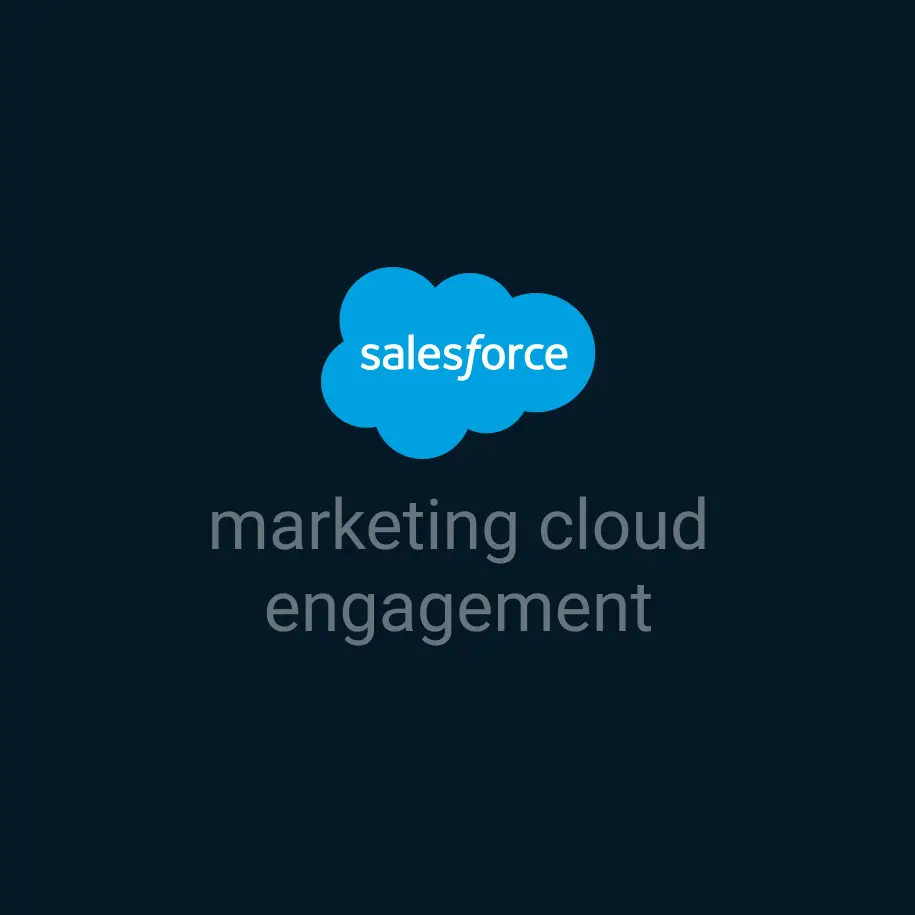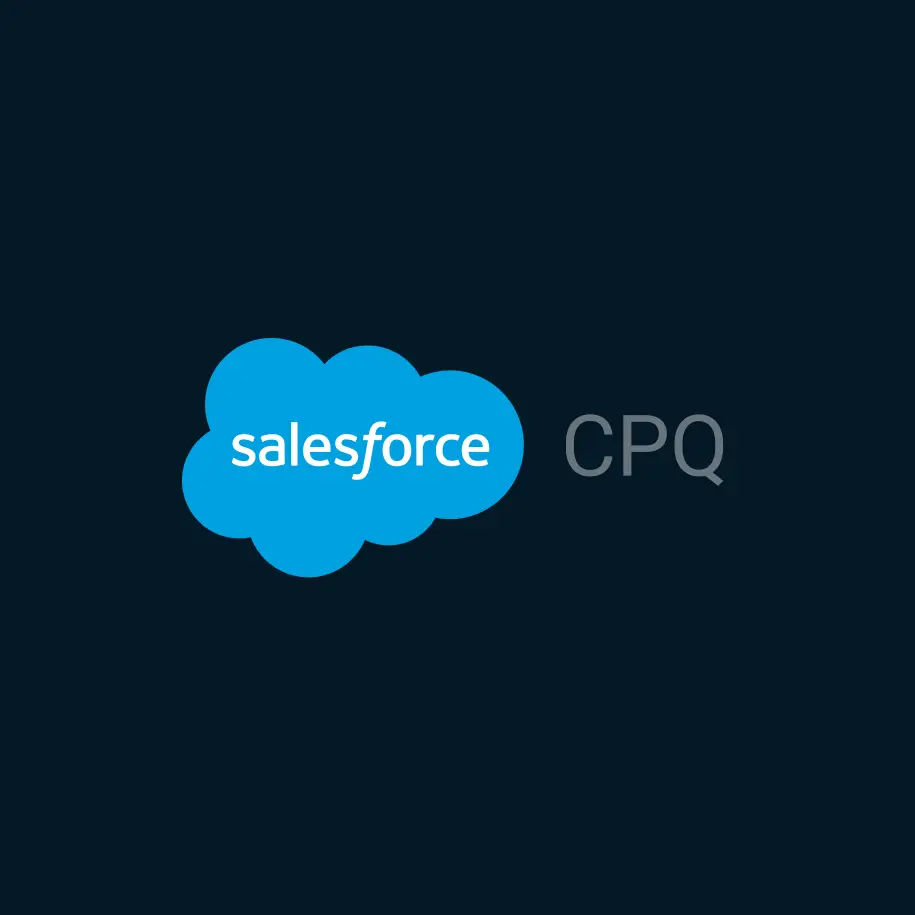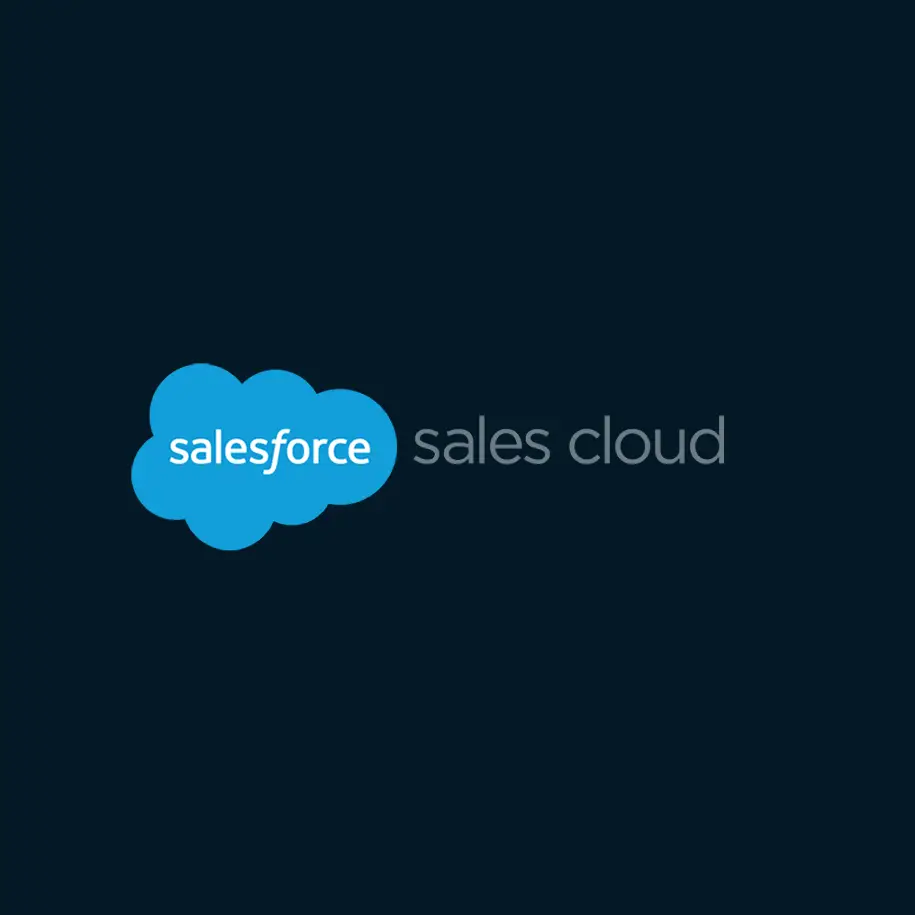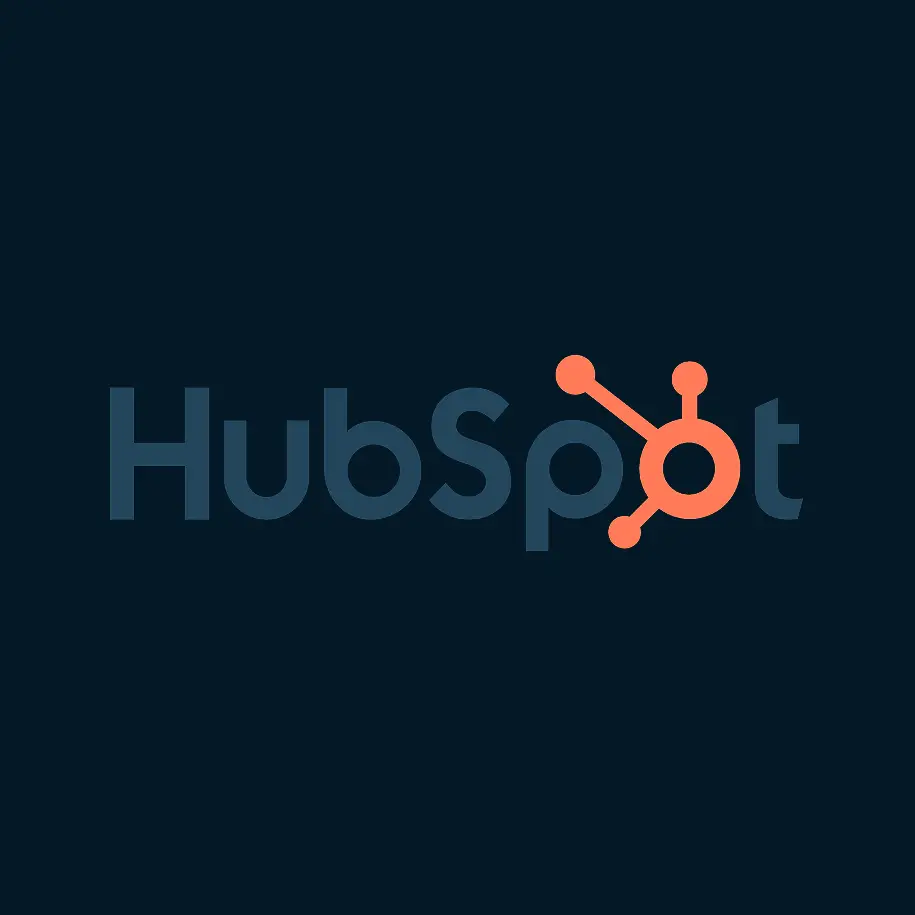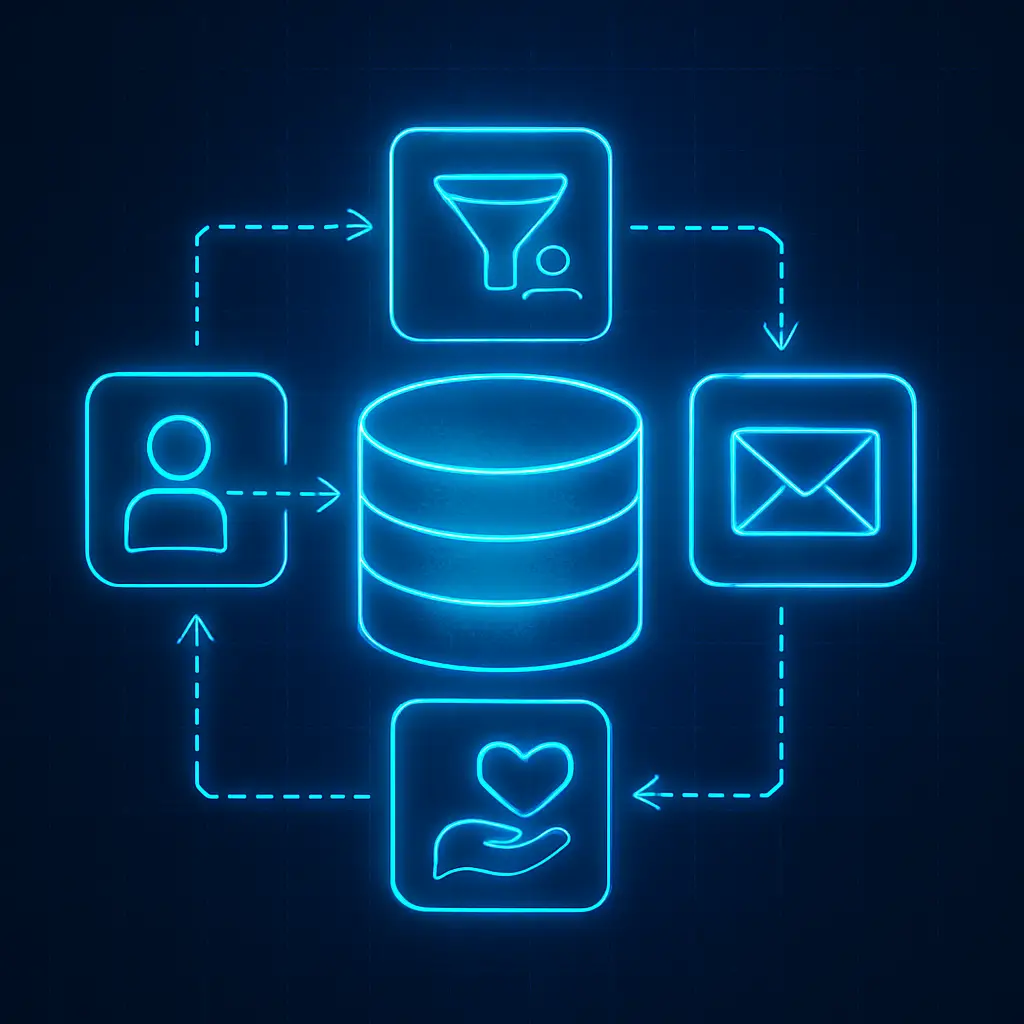
Sales Cloud Is Good. But It’s Way Better with Data Cloud.
Let’s not sugarcoat it—Sales Cloud on its own can be… kind of a mixed bag.
Sure, it’s powerful. But if the data inside it is out of date, scattered, or just plain wrong, your reps are flying blind. And your pipeline reviews start to feel more like therapy sessions than strategy meetings.
That’s where Data Cloud comes in.
Most folks think of Data Cloud as a marketing tool (because CDP). But the real magic? It quietly supercharges Sales Cloud—if you let it.
So What Exactly Is Data Cloud?
Data Cloud is basically Salesforce’s answer to messy customer data. It pulls info in from everywhere—web traffic, product usage, billing systems, support platforms—and ties it together in real-time. All of it gets stitched into a single profile for each lead, contact, or account.
But the real kicker? It’s actually usable inside Sales Cloud. Your reps don’t need to go hunting. It’s just there—live, relevant, and updated constantly.
Why This Matters for Sales Teams
Here’s how this gets real for sales:
Your Lead Scoring Doesn’t Suck Anymore
Instead of relying on “Industry = Healthcare” and a guess at lead source, you can score based on actual behavior:
- They signed up for a demo.
- They checked the pricing page twice in one day.
- Their team just added 5 new users.
These are real-time signals, and they tell you who’s hot right now.
Contacts Aren’t Just Names and Emails
Imagine opening an account in Sales Cloud and seeing:
- Recent product activity
- Support ticket trends
- Billing risk flags
- Expansion signals
No extra tools. No 10-tab detective work. Just context—right where you need it.
Real-Time Alerts That Actually Matter
With Data Cloud, you can set triggers like:
- “Send an alert when a lead hits a key page.”
- “Flag an AE if a customer’s usage suddenly drops.”
- “Notify CSMs when a high-risk ticket is opened.”
It’s the difference between reacting days later and showing up while they’re still thinking about you.
How We’re Seeing RevOps Use It
Here’s how some real clients are getting value right now:
- Startup Sales Teams: Prioritizing leads based on live engagement instead of just who downloaded a whitepaper two months ago.
- Customer Success: Flagging accounts in danger of churn and pulling them into Slack channels in real-time.
- Enterprise Sales: Identifying hidden expansion opportunities based on how teams are actually using the product.
And yes, this all runs through Sales Cloud. No weird third-party workaround. No asking reps to “log into this other thing.”
Okay, So What’s the Catch?
You don’t need to rip everything out and start over.
But you do need a plan. Data Cloud is powerful, but only if you set it up in a way that’s usable for sales—inside the actual flow of work.
Start small:
- Sync in a few high-value data sources.
- Build one or two real-time triggers.
- Show your reps what’s possible (they’ll have ideas, trust me).
Need help mapping that out? That’s literally what we do. We build real-world Data Cloud setups that make Sales Cloud smarter—not more complicated.
Final Thought
Your CRM should work for your sales team—not the other way around. Data Cloud helps make that happen.
If you’re still guessing which leads are worth your time or which accounts are about to churn, you don’t need more meetings.
You need better data—and a way to actually use it.

